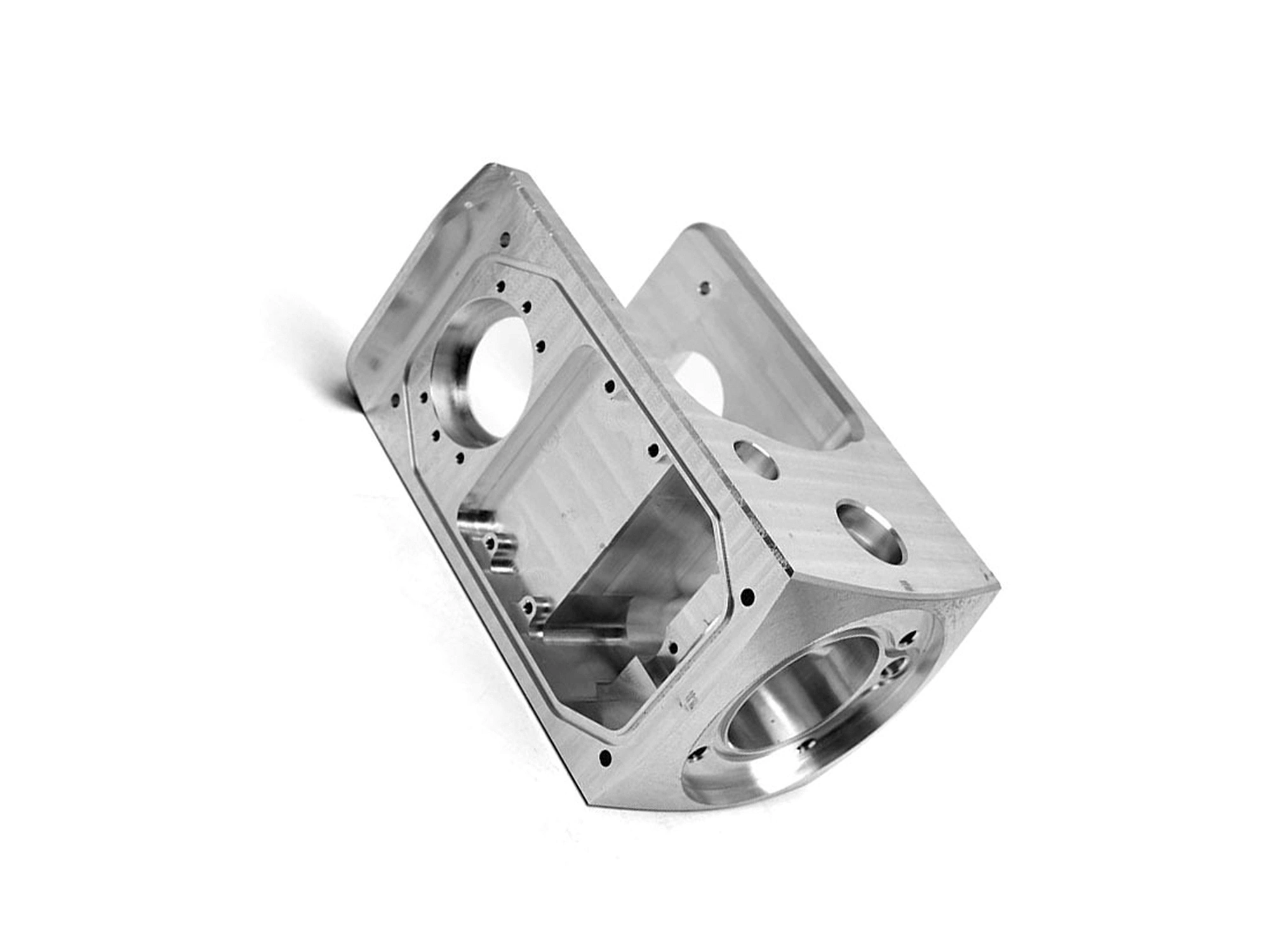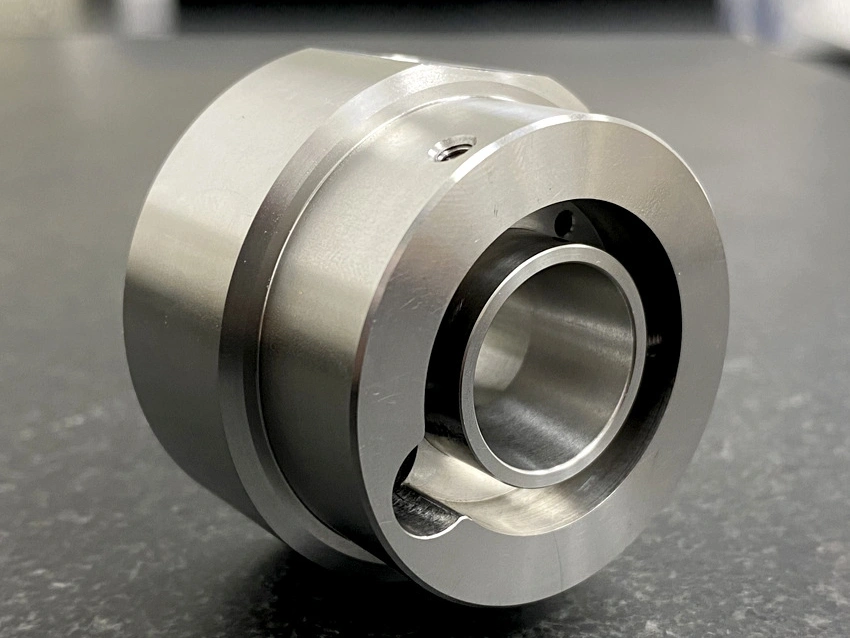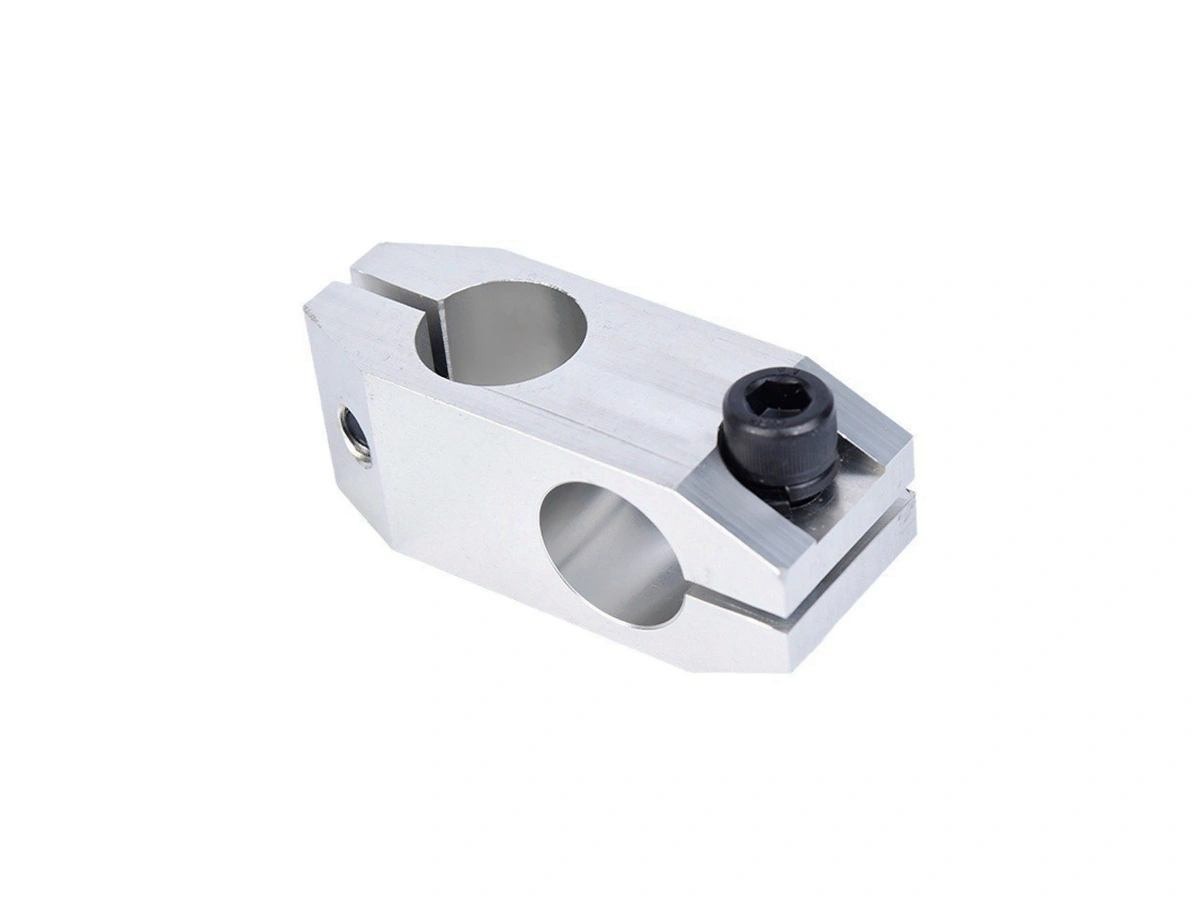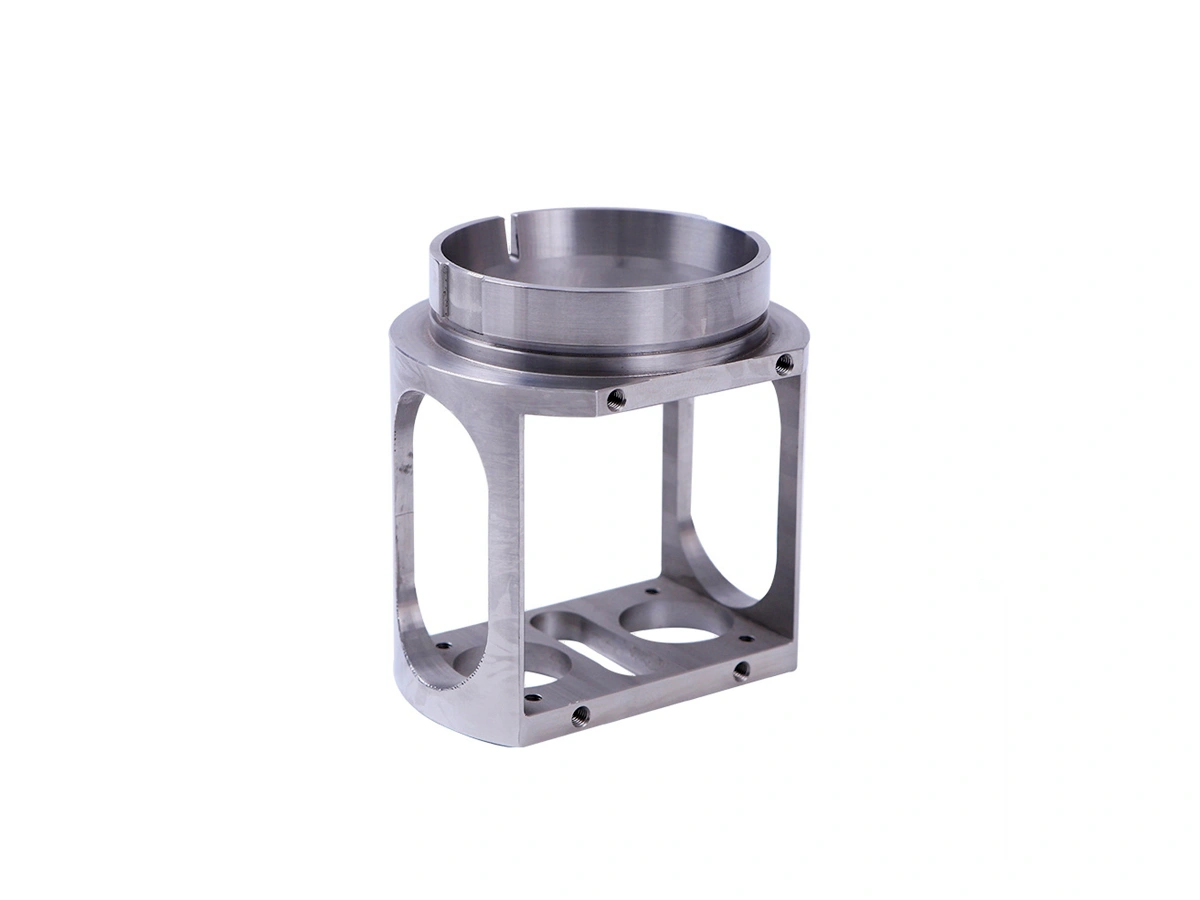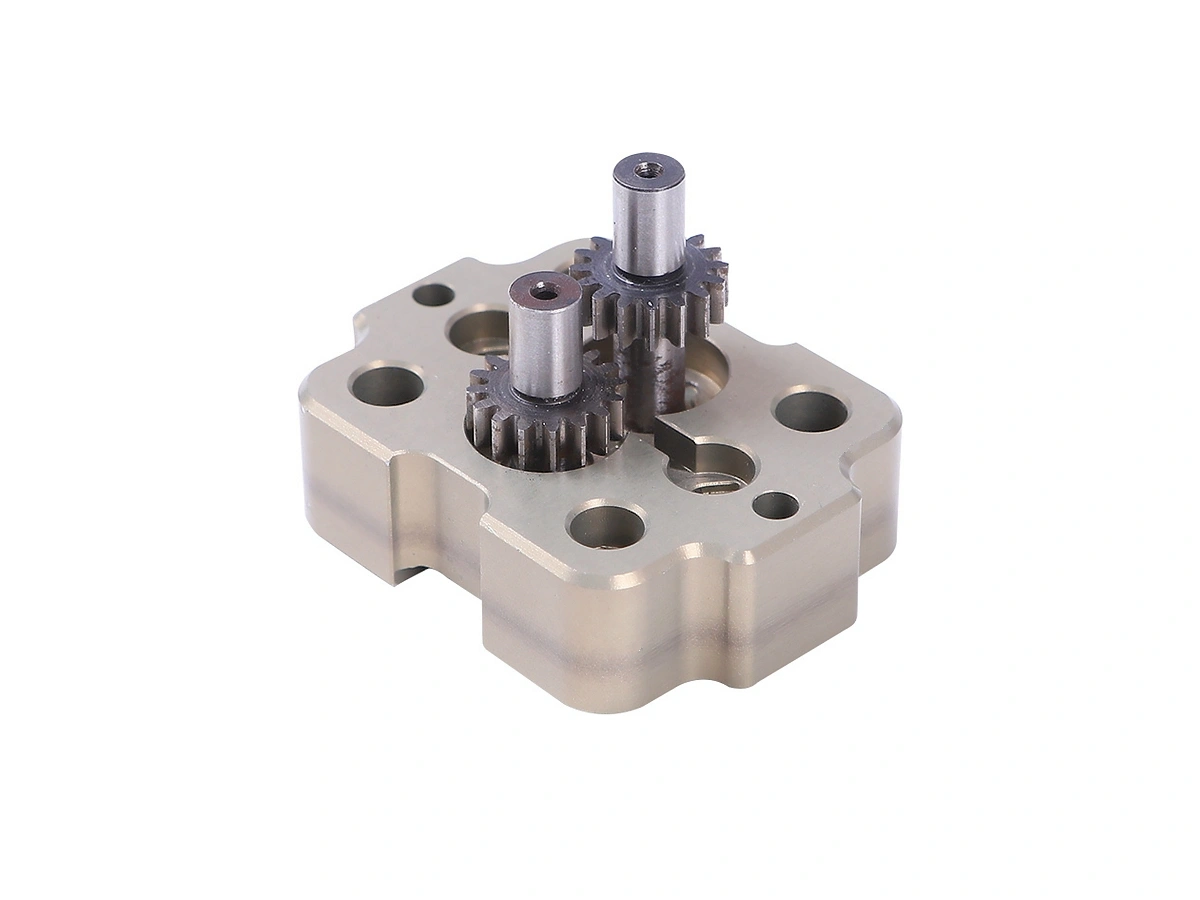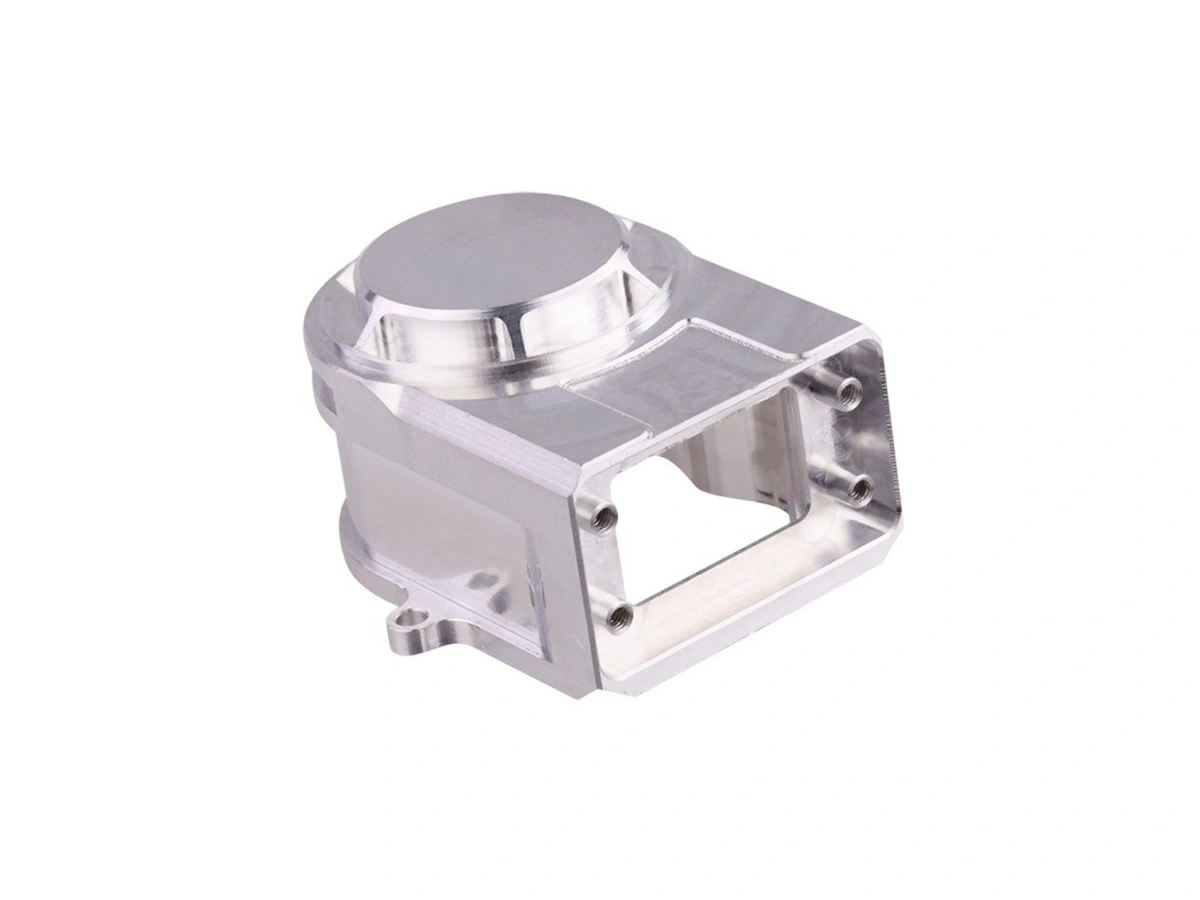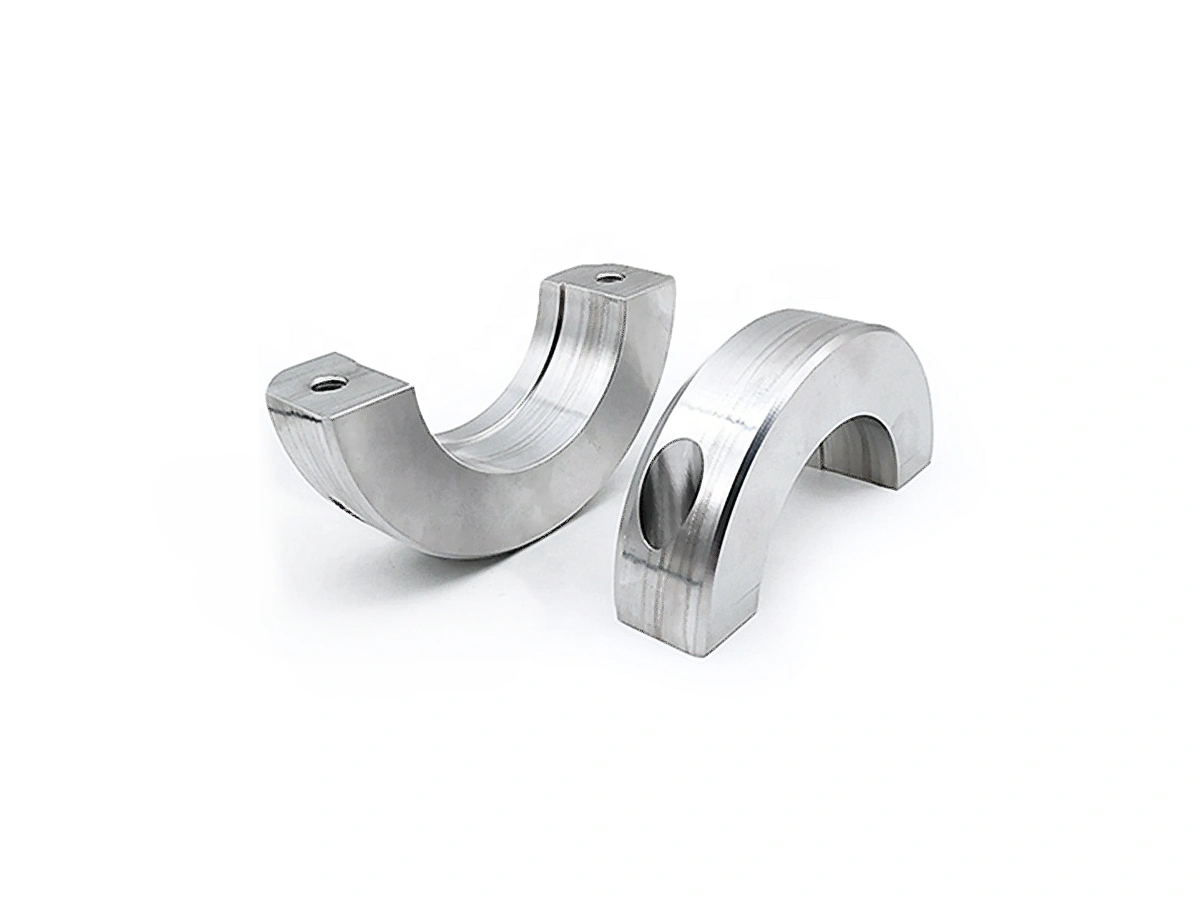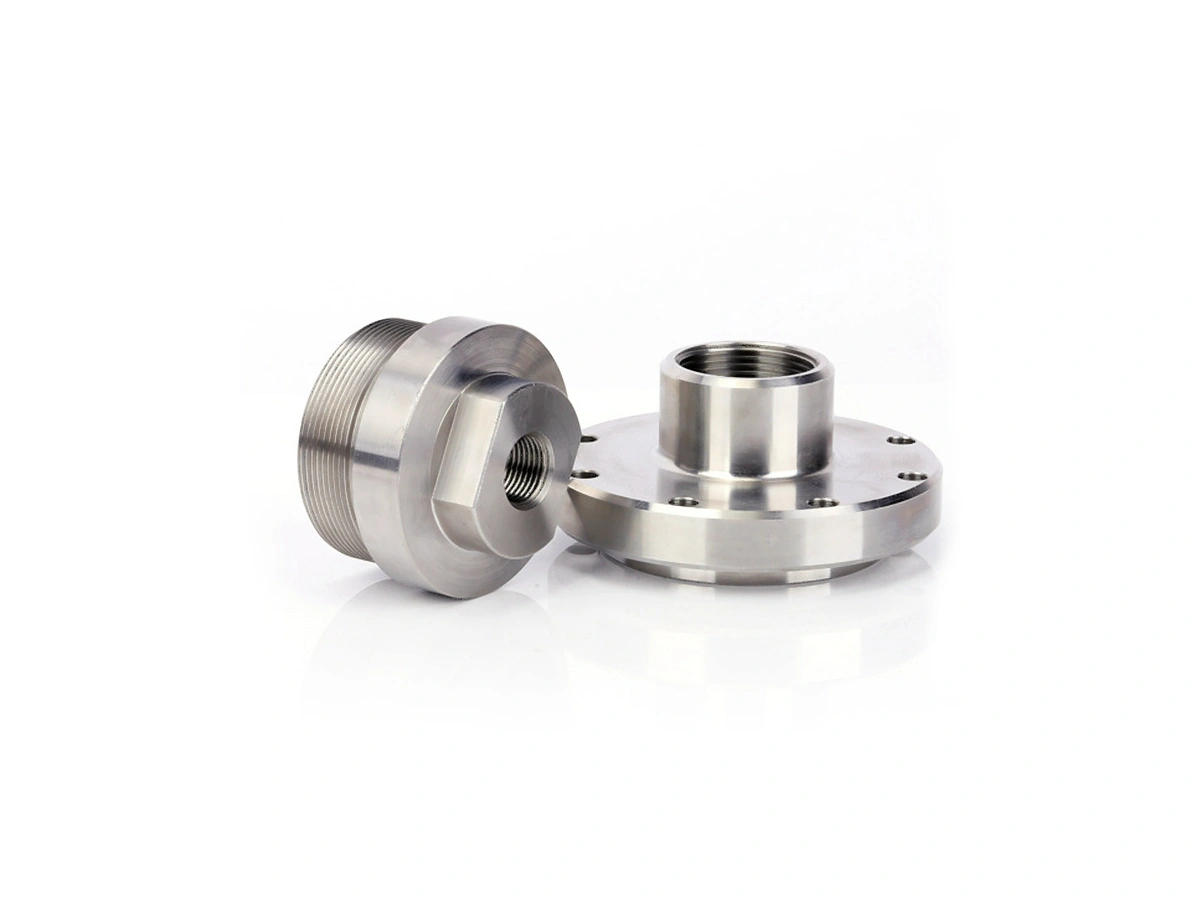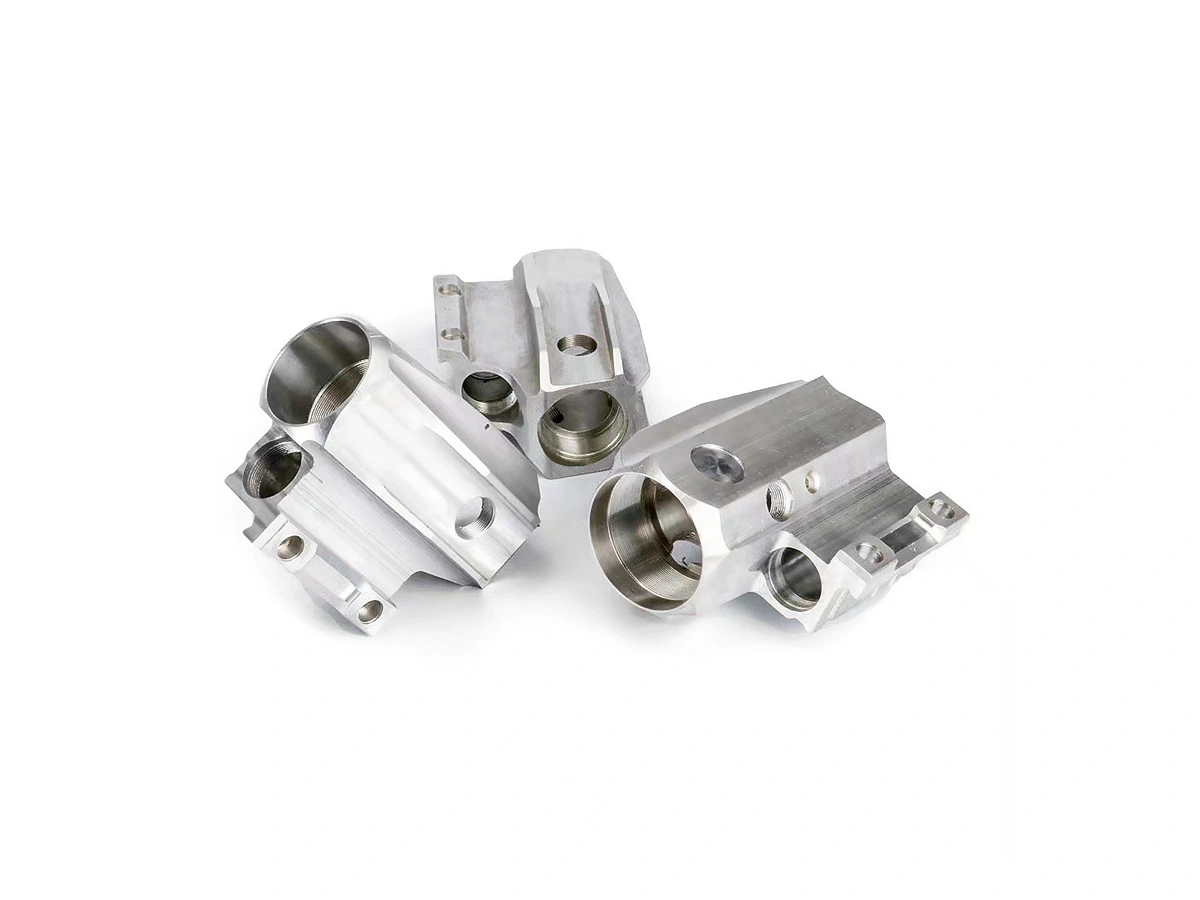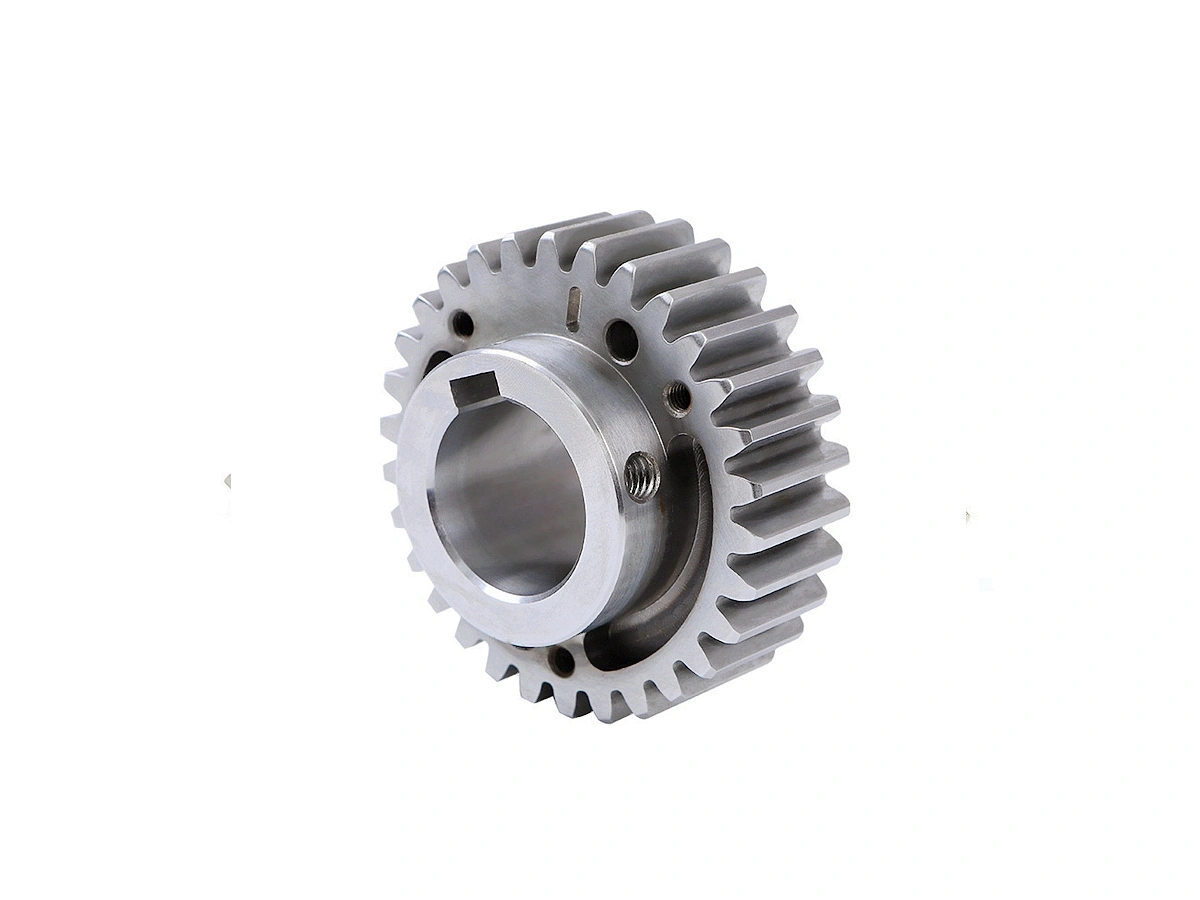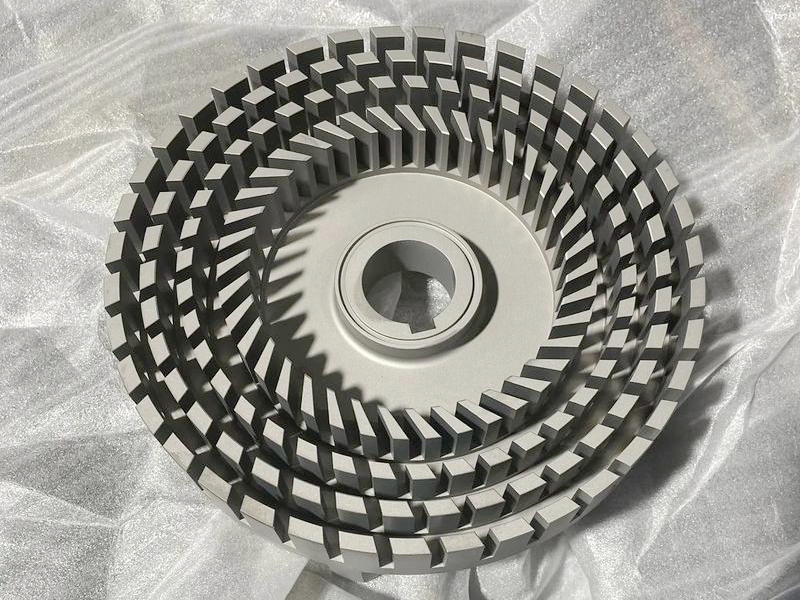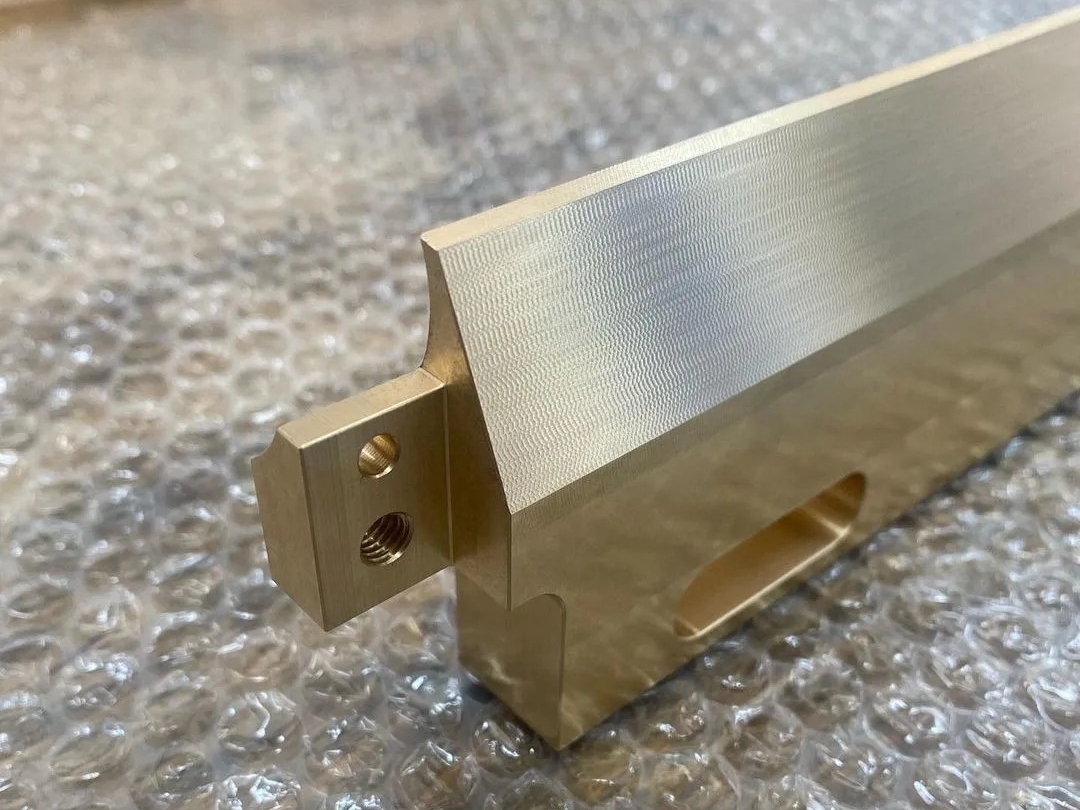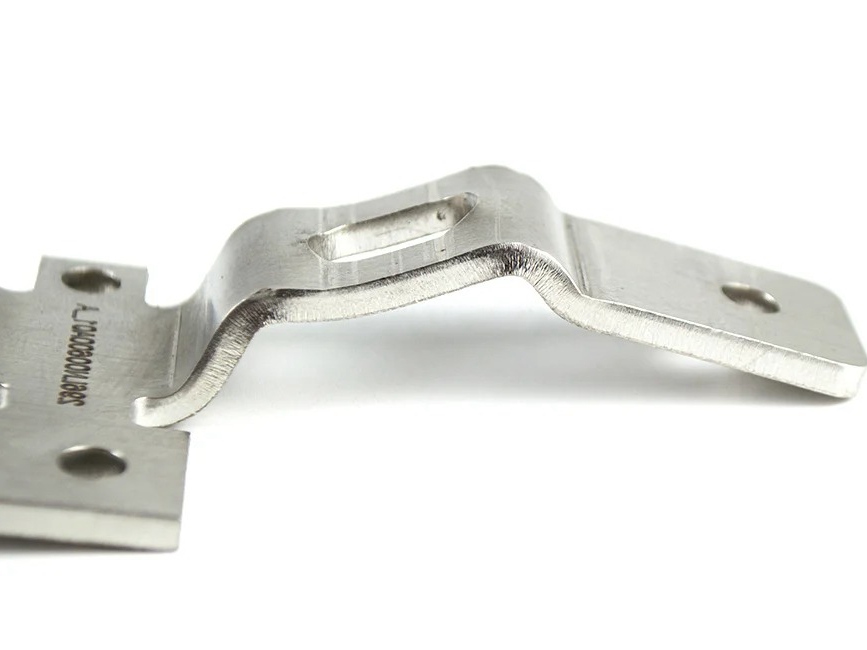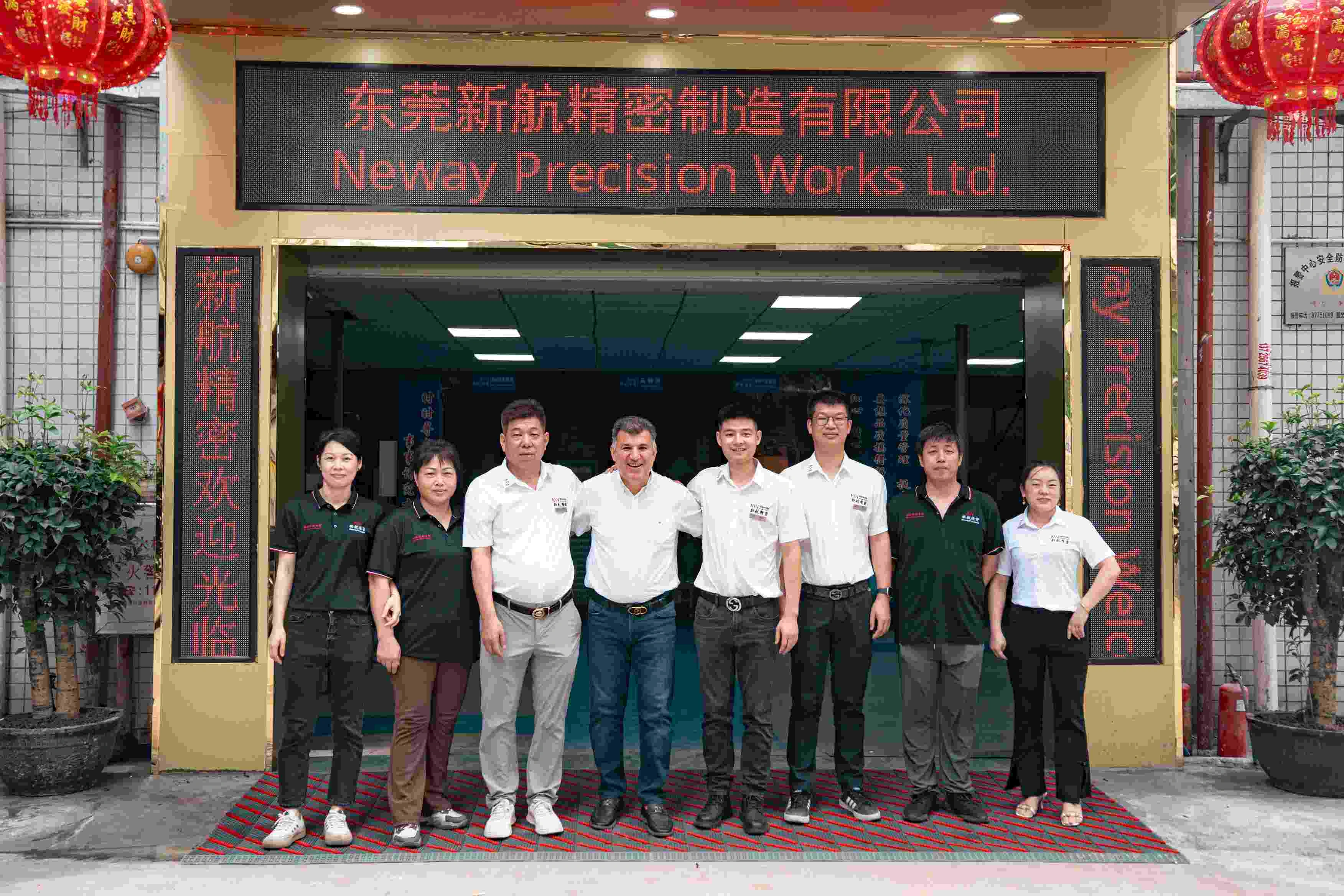Precision Online Stainless Steel CNC Machining Service
Our precision online stainless steel CNC machining service delivers high-quality, custom-engineered parts with tight tolerances. We utilize advanced CNC technology to provide accurate, efficient solutions for a wide range of industries, ensuring durability, performance, and on-time delivery.
- Stainless Steel CNC Rapid Prototyping Service
- Stainless Steel Low Volume CNC Machining Service
- Stainless Steel CNC Machining Mass Production
- One Stop Stainless Steel Machining Service
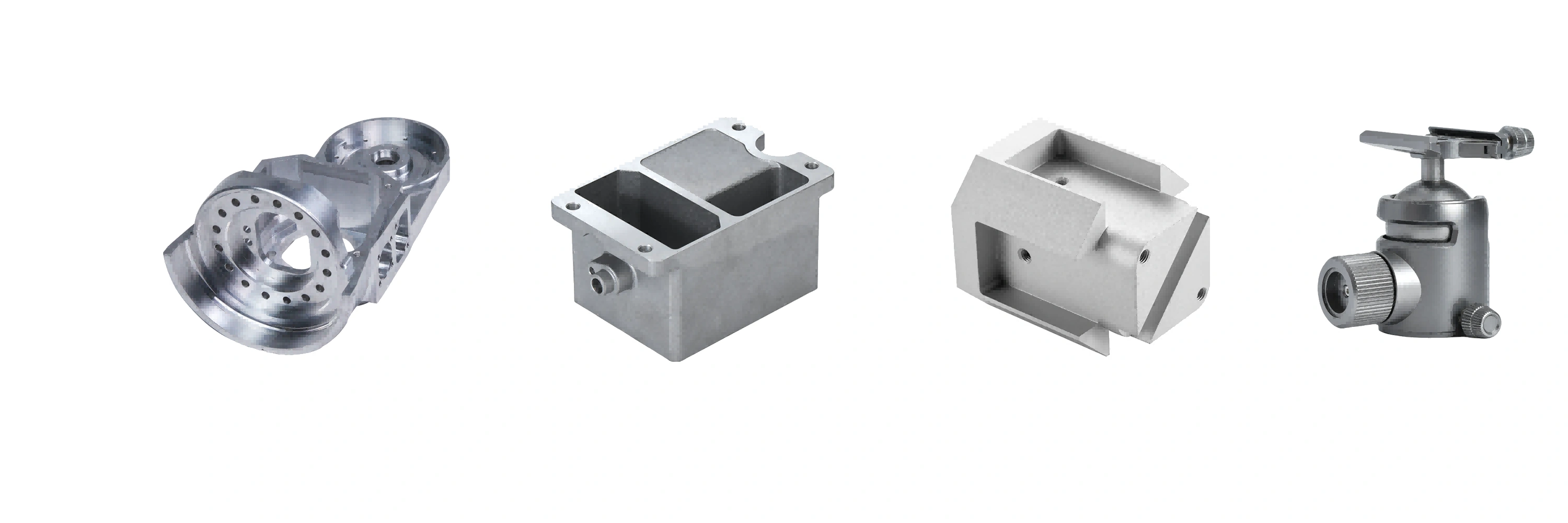
Send us your designs and specifications for a free quotation
All uploaded files are secure and confidential
Know About Stainless Steel CNC Machining
Stainless steel CNC machining involves the precise cutting, shaping, and finishing of stainless steel components using advanced CNC technology. It offers high strength, corrosion resistance, and durability, making it ideal for industries requiring strong, reliable, and precise metal parts.
Common Used Stainless Steel In CNC Machining
Commonly used stainless steels in CNC machining include grades like SUS201, SUS303, SUS304, SUS316, and SUS440C. These materials offer excellent corrosion resistance, strength, and durability, making them ideal for industries like aerospace, automotive, medical, and food processing.
Surface Treatment for Stainless Steel CNC Machined Parts
Surface treatment for stainless steel CNC machined parts enhances durability, corrosion resistance, and aesthetics. Common treatments include passivation, electroplating, anodizing, and polishing. These processes improve the material’s performance, making it suitable for harsh environments and high-precision applications.
Custom Stainless Steel CNC Machined Parts
Custom stainless steel CNC machined parts are tailored to specific designs and applications, offering high precision and durability. Using advanced CNC technology, these parts are ideal for industries like aerospace, automotive, medical, and manufacturing, ensuring optimal performance and reliability.
Let's Start A New Project Today
Machining Suggestions for Stainless Steel
Machining suggestions for stainless steel focus on optimizing tolerances, part sizes, production volumes, and lead times. Key considerations include precision tolerances, minimum wall thickness, and appropriate tooling to ensure high-quality, cost-effective production for various industries like aerospace, automotive, and medical.
Parameter Suggestions for Stainless Steel CNC Machining
Parameter suggestions for stainless steel CNC machining focus on optimizing spindle power, cutting depth, feed rates, and tool materials to enhance efficiency, precision, and part quality. These parameters are crucial for achieving consistent performance and reducing tool wear in complex stainless steel parts.
Frequently Asked Questions
Explore Related Resources
Solutions
Copyright © 2025 Machining Precision Works Ltd.All Rights Reserved.
